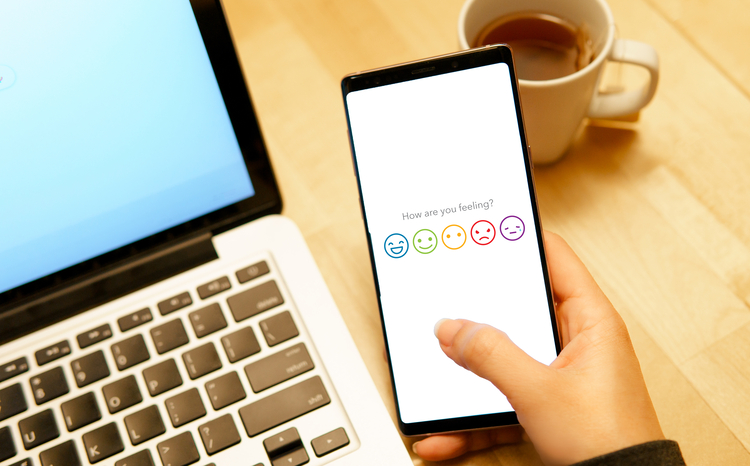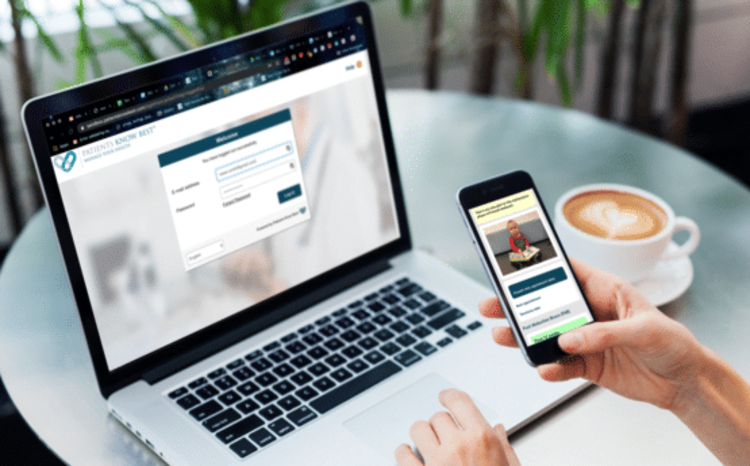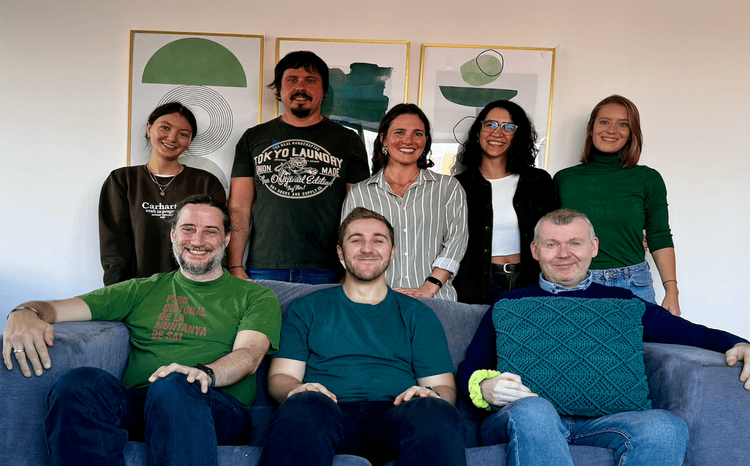Mental health maintenance
- 25 June 2013

From mobile working to patient dashboards, it’s clear that Darren McKenna, the informatics director of Northumberland, Tyne and Wear NHS Foundation Trust, has his hands full.
Walking through the informatics department, there is a definite buzz in the room. Whether it comes from the countless computers or from the staff enjoying their work is hard to tell, but the latter are visibly excited about what they do.
The trust’s informatics team operates with a “do it yourself” attitude, because McKenna feels that outsourcing “stifles innovation.”
But he is quick to say that he and his team “are not just trying to develop their own systems for the sake of it”, but to take the systems they do buy and wring all the benefits they can out of them.
There’s an app for that
An example of how the approach works in practice is the development of trust apps. With little experience in app development, a team of three developers set out to create an app based on the trust website.
In December last year, the trust went live with the app, which has now been downloaded more than 1,000 times. The app is available on iPhones, iPads and Android devices.
As well as its standard trust website, Northumberland, Tyne and Wear also runs a rather extensive patient information website and, the trust noticed that people often accessed it via mobile devices. The most logical solution, McKenna says, was to create an app for that.
On our patient information website, we had a fantastic range of leaflets on different conditions. Many GPs give them out to their patients and we also offer them to other organisations,” he says.
“They are really well read, and we noticed that more and more people visited the site from phones, so we developed an app.”
The team went to work, and the app went live on 28 May. Patient information is now available on the iPhone, iPad and iPod as text, video and audio.
On the road
Northumberland Tyne and Wear is one of the largest mental health trusts in England. It employs more than 6,000 staff at 100 sites, to serve a population of 1.4m, spread across 2,200 square miles.
Some of its buildings still show their Victorian heritage, but a building programme is under way to create a specialist dementia care centre and a new, 122-bed hospital with central facilities building for the trust’s estates, facilities and IT services.
In a half an hour car journey from one trust site to another, McKenna says that despite this £60m investment, mobile working is still key to the trust functioning properly in the future.
Northumberland, Tyne and Wear recently issued laptops with 3G connectivity to its community staff, to give them easy access to trust systems, including RiO. It is also piloting a digital dictation solution for community staff, so records can be updated in real time.
Community nurse Hannah Partridge says she was very sceptical at first, but now she can’t think of any other way of doing things.
“At first, the way it was sold was we’re going to be mobile working and won’t see anyone again. We weren’t too happy about that,” she says.
“But if I need to go back to base or I want to catch up with the others, I can. It just makes it easier to have the option not to if we don’t need it.”
Indeed, she so enamoured of her laptop that she tells McKenna: “If you try to take it away from me I will scream.”
Practically, she adds, mobile access to the EPR means she can spend more time with patients and update the records in real time, instead of spending 45 minutes driving back to base to do the job.
Community goes mobile
“I’ve got an app on my BlackBerry where I dictate my notes and assessments”, Partridge adds, as she dictates a test-assessment on her app.
“I don’t have to take as many notes, and because I can dictate straight after a visit, it’s more detailed. I can see so many more patients, and if I can see a patient once a week, it makes their care so much better.”
As she speaks, the assessment she dictated earlier is sent via email to a dedicated team of typists who will type up the notes and upload them in the patient records. Five minutes later, Partridge receives an email notification telling her the patient notes are now updated.
However, the digital dictation is only in pilot stage, and McKenna says the trust will be procuring a “better, more fit for purpose solution” later this year.
The trust not looking at voice recognition at the moment as the software on the market “isn’t really up to scratch yet”, so the team of typists will have to stay.
Putting patients first
It’s not just clinicians who get to use the trust’s IT creations. In the waiting room of an outpatient ward, a large flat screen catches our attention.
McKenna explains that is the “patient dashboard”, which is not really a dashboard at all, but a screen allowing access to those patient information apps.
The leaflets available on the trust website and app are also available on the touch screen system. Patients and carers can click the email button and email it to themselves if they want to have a look later, they can feedback on the trust, and view its services.
Currently being trialled on several sites throughout the trust, the vision is for every ward to have one of those shiny screens.
Stop turning docs into paper
As well as mobile working, apps, and patient information, the trust is always looking for new ways to improve RiO.
It rolled this out across all of its sites, after the trust was created in a three trust merger in 2006; and at one point many clinicians might have believed that this was IT ‘done.’
However, McKenna says the work the trust has been doing on apps has got the informatics team excited, and it now wants to do more.
“We now want to create apps with access to [the trust’s patient administration system] RiO for staff,” he says.
The trust is in talks with RiO developer CSE Healthcare about opening up its application programming interfaces, which it needs for this to happen.
Meanwhile, the trust has launched a pilot scheme to link the EPR to the Emis systems used by local GP practices, so it can share data with them.
“We have got so many people using the system that if we can improve usability, we can save time. We want to look at electronic exchange of information across the health economy,” McKenna says.
“Linking RiO with GP systems is on the way to fully go-live in this year. There’s lots of leg work to do but it’s on-going. We need to stop turning documents into paper and then turning paper back into electronic data.”




